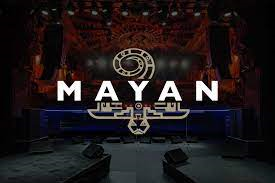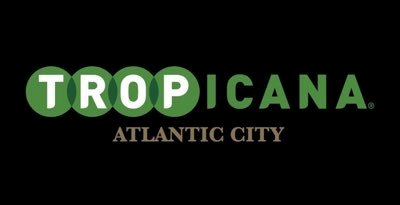The Mayan
1038 S Hill Street Los Angeles, CA 90015
Bar Granada
5 W Monument Ave, Dayton, OH 45402, United States
El Floridita Seafood Restaurant
13501 SW 136th St, Miami, FL 33186, United States
Sausalito SeaHorse
305 Harbor Dr, Sausalito, CA 94965, United States
Steven’s Steak & Seafood House
5332 Stevens Pl, Commerce, CA 90040, United States
The Beacon Theatre
2124 Broadway, New York, NY, United States
State Theatre New Jersey
15 Livingston Ave, New Brunswick, NJ 08901, United States
Yoshi’s
510 Embarcadero West, Oakland, CA 94607, United States
Ovens Auditorium
2700 E Independence Blvd, Charlotte, NC 28205, United States
New Jersey Performing Arts Center
1 Center St, Newark, NJ, United States
Tropicana Atlantic City
Keswick Theatre
291 N Keswick Ave, Glenside, PA 19038, United States
Colden Auditorium
Reeves Ave, Queens, NY 11367, United States
Tango Del Rey
3567 Del Rey St, San Diego, CA 92109, United States
Vinnie’s Bar & Grill
2045 Mt Diablo St, Concord, CA 94520, United States






























